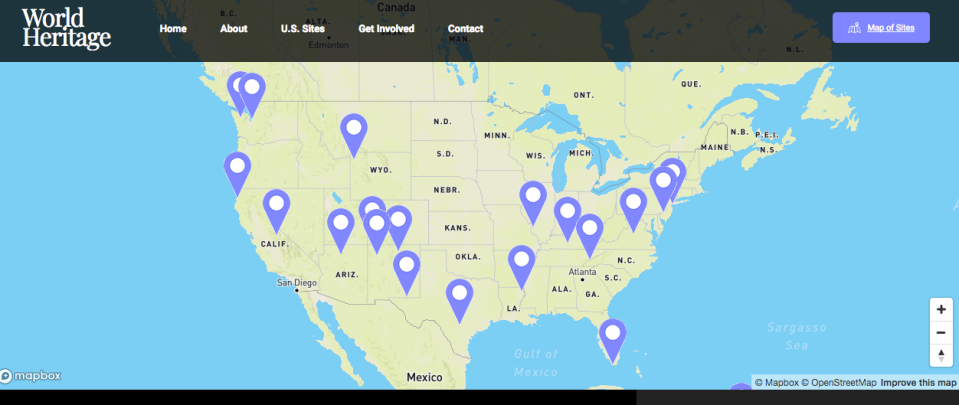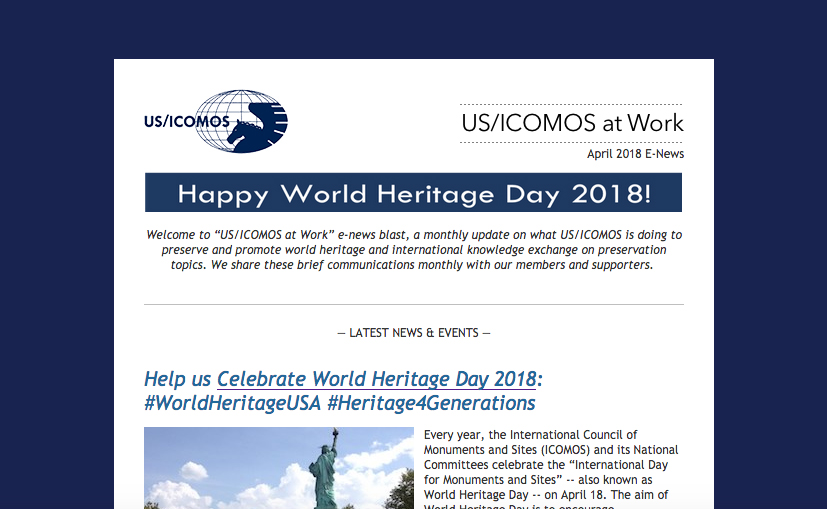Home » Uncategorized
Category Archives: Uncategorized
NEWS | $1 million grant advances study of California’s missions

Here’s an excerpt from the article:
Beginning this month, a group of University of California scholars that includes Jennifer Scheper Hughes, a UC Riverside associate professor of history, seeks to broaden the narrative to more accurately reflect both the history of the missions and the diverse communities that have been at the center of the state’s development.
Hughes and three colleagues — project leader Charlene Villaseñor Black of UCLA, Amy Lonetree of UC Santa Cruz, and Ross Frank of UC San Diego — are the recipients of more than $1 million in funding through UC’s 2019 Multicampus Research Programs and Initiatives, or MRPI, awards competition.
Presented every two years by the university’s systemwide Office of the President, MRPI awards support cutting-edge research collaborations across UC campuses and disciplines. This year, 16 projects were chosen from a pool of 179 eligible proposals to receive a total of $9 million in funding.
The winning proposal submitted by Hughes, Villaseñor Black, Lonetree, and Frank is titled “Critical Mission Studies at California’s Crossroads.” Far-reaching in scale, it aims to pioneer an entirely new field of scholarship, Critical Mission Studies, geared toward highlighting the historical contributions of Native American and Chicano/a peoples that traditionally have gone overlooked.
“There are ghosts to be reckoned with in our state and its history,” said Hughes, a historian of religion whose focuses include Christianity in the Americas and material religion. “Given histories of suffering and struggle, we want to find a way to empower and support communities to have access to a more complete historical record and to tell their own stories — and for everyone else in our state to hear those stories.”
US/ICOMOS at Work
Check out “US/ICOMOS at Work” e-news blast for May. US/ICOMOS at Work is a monthly update on what US/ICOMOS is doing to preserve and promote world heritage and international knowledge exchange on preservation topics. We share these brief communications monthly with our members and supporters.

World Heritage USA
Visit World Heritage USA to learn more about the current 23 World Heritage sites in the U.S. as well as the cultural and natural sites on the U.S. World Heritage Tentative List. The Tentative List features cultural and natural sites of outstanding value to humanity. It is intended to be the source of U.S. World Heritage nominations for approximately the next 10 years.


California Mexicana: Missions to Murals, 1820–1930


Dear Friends,
Thank you for your continued interest in the Historic Corridor of the Californias World Heritage Initiative. The San Diego Public History Research Team would like to present another example of collaborative efforts to tell the story of the Historic Corridor of the Californias.
As stated on their website, the exhibit California Mexicana: Missions to Murals, 1820-1930:
“… explores how Mexico became California and the role of visual arts in this transformation, creating distinct pictorial motifs and symbols that helped define the new California.”
This exhibit is part of Pacific Standard Time: LA/LA, which is described on their website as:
“… a far-reaching and ambitious exploration of Latin American and Latino art in dialogue with Los Angeles. Led by the Getty, Pacific Standard Time: LA/LA is the latest collaborative effort from arts institutions across Southern California.”
This exhibit is currently on display at the Laguna Art Museum, please visit their website for more information.
If you know of other related programs or events that would be of interest to the members of the Historic Corridor of the Californias World Heritage Initiative mailing list, please contact David Richardson (dr42[at]att.net) or Robyn Adriance (radriance[at]hotmail.com) and we would be happy to share them and post them on our website.
Statement Regarding the United States of America’s Intention to Withdraw from UNESCO
|
||||||
|













